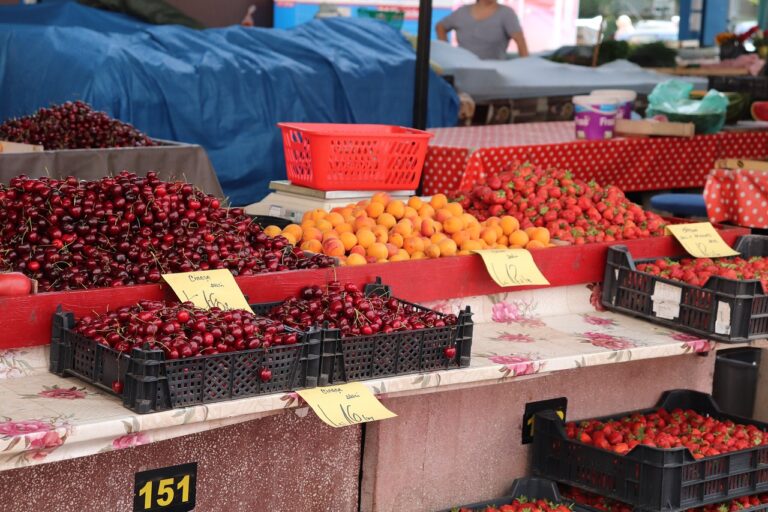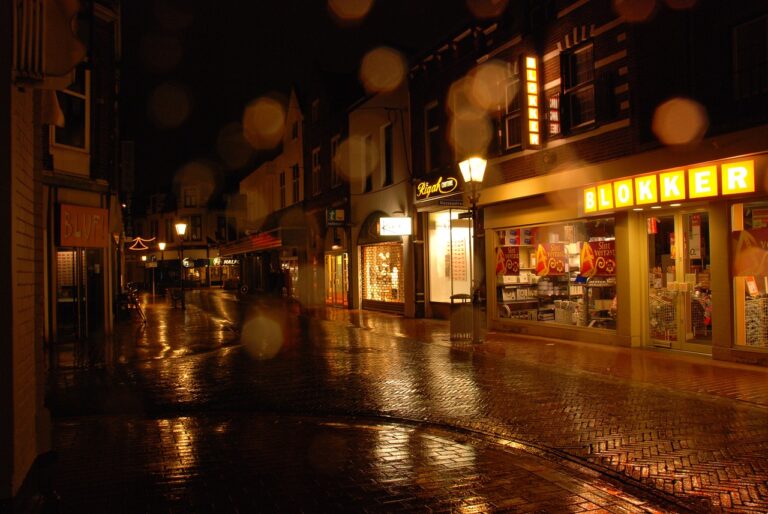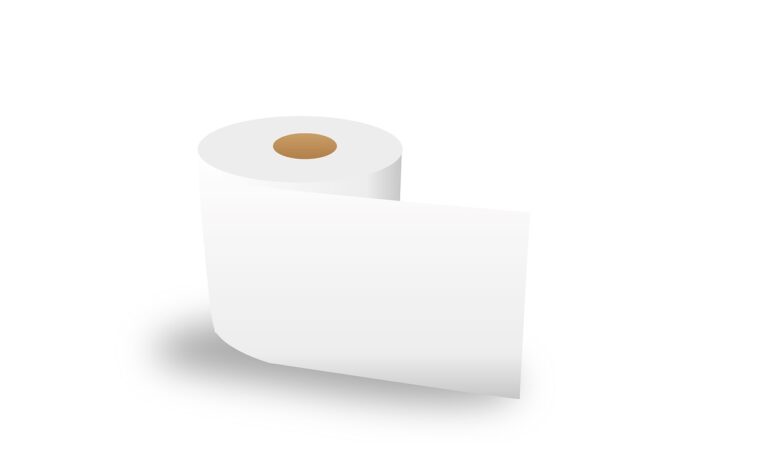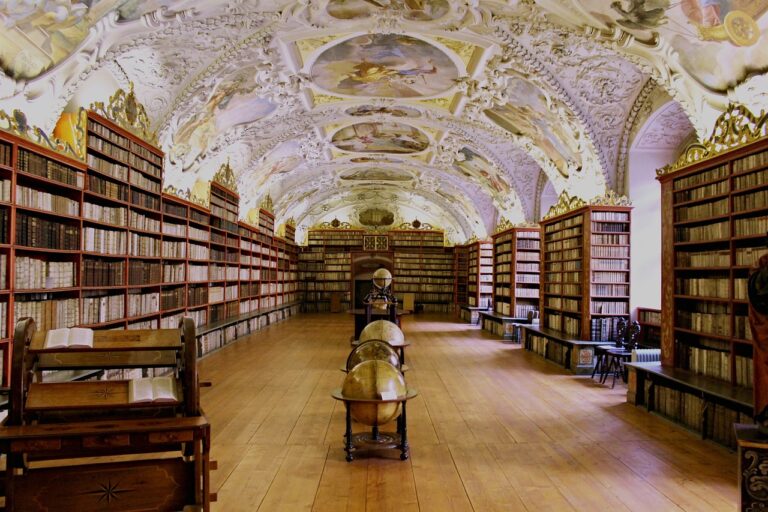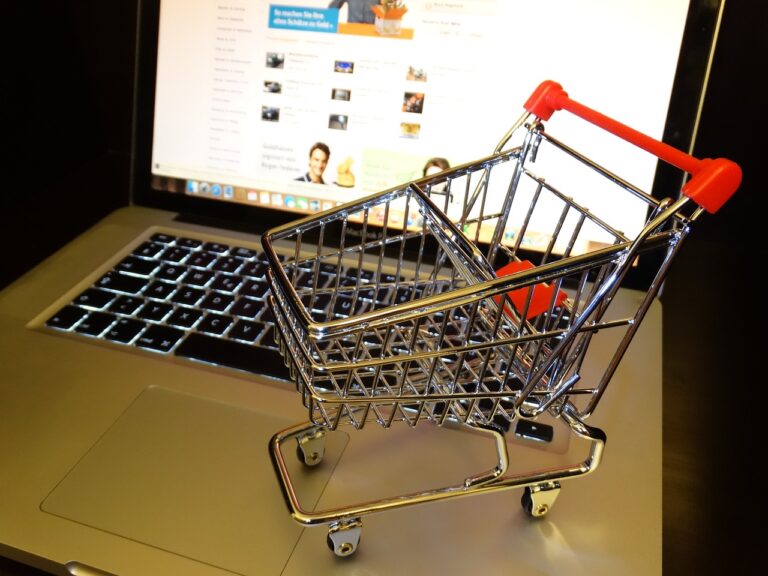The Circular Economy: Redefining the Shopping Paradigm
The concept of the circular economy emerged as a response to the growing recognition of the environmental impacts caused by the traditional linear economy model. In a linear economy, resources are extracted, used to manufacture products, and then discarded as waste at the end of their life cycle. This approach leads to the depletion of natural resources and the accumulation of waste, posing significant challenges for sustainability.
The shift towards a circular economy aims to redefine this linear system by promoting a regenerative approach. In a circular economy, resources are utilized more efficiently, and products are designed to be reused, repaired, or recycled at the end of their life cycle. This circular model prioritizes minimizing waste and maximizing the value extracted from resources, ultimately leading to a more sustainable and resilient economic system.
Understanding the Linear Economy
In a linear economy, resources are extracted, produced into goods, and eventually disposed of as waste. This linear process follows a one-way trajectory, with little consideration for the finite nature of resources or the long-term environmental consequences. The primary goal is economic growth, with little emphasis on sustainability or resource conservation.
The linear economy model relies heavily on constant consumption and disposal, fueling a cycle of resource depletion and waste generation. This unsustainable approach contributes to ecological degradation, pollution, and the loss of valuable resources. As society continues to consume at an ever-increasing rate, the linear economy is being challenged by calls for a more sustainable and circular approach to resource management.
What is the linear economy?
The linear economy is a traditional economic model where resources are extracted, used to create products, and then disposed of as waste once they reach the end of their life cycle.
Why is the linear economy problematic?
The linear economy is problematic because it leads to the depletion of natural resources, generates large amounts of waste, and contributes to environmental degradation.
What is the circular economy?
The circular economy is an alternative economic model that aims to minimize waste and keep products and materials in use for as long as possible through recycling, reusing, and remanufacturing.
How does the circular economy differ from the linear economy?
The circular economy differs from the linear economy in that it focuses on creating a closed-loop system where resources are reused, recycled, and regenerated, rather than being disposed of as waste.
What are some examples of circular economy practices?
Examples of circular economy practices include product redesign to enable easier recycling, the development of rental and sharing platforms, and the use of renewable energy sources in manufacturing processes.
How can businesses transition from a linear economy to a circular economy?
Businesses can transition to a circular economy by rethinking their product design, implementing sustainable supply chain practices, and adopting new business models that prioritize resource efficiency and waste reduction.



